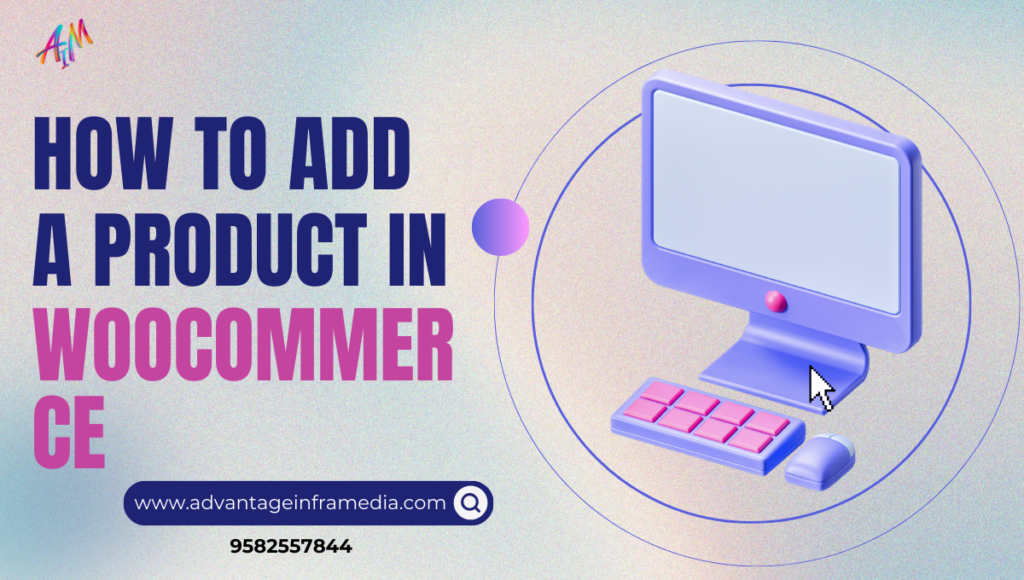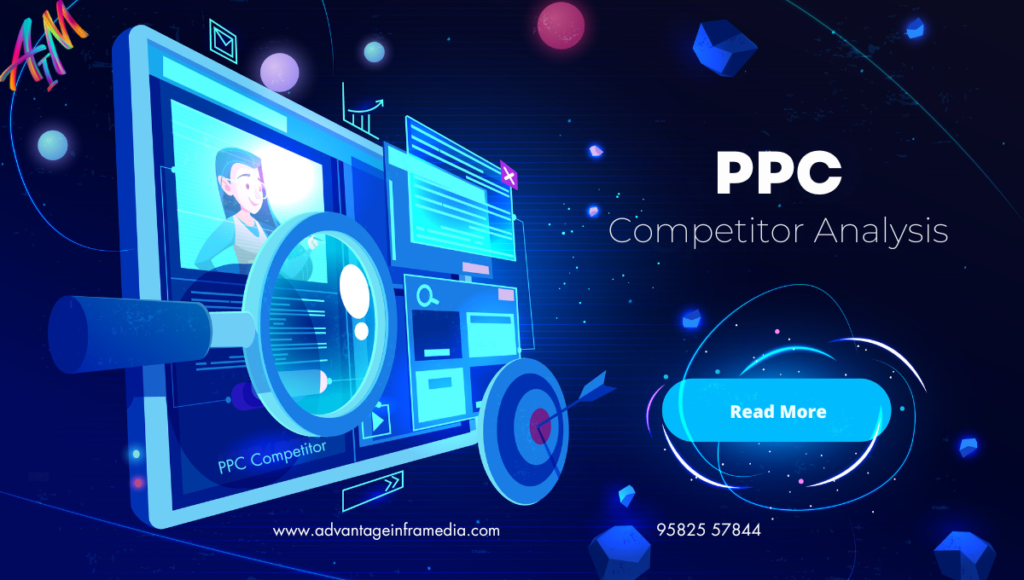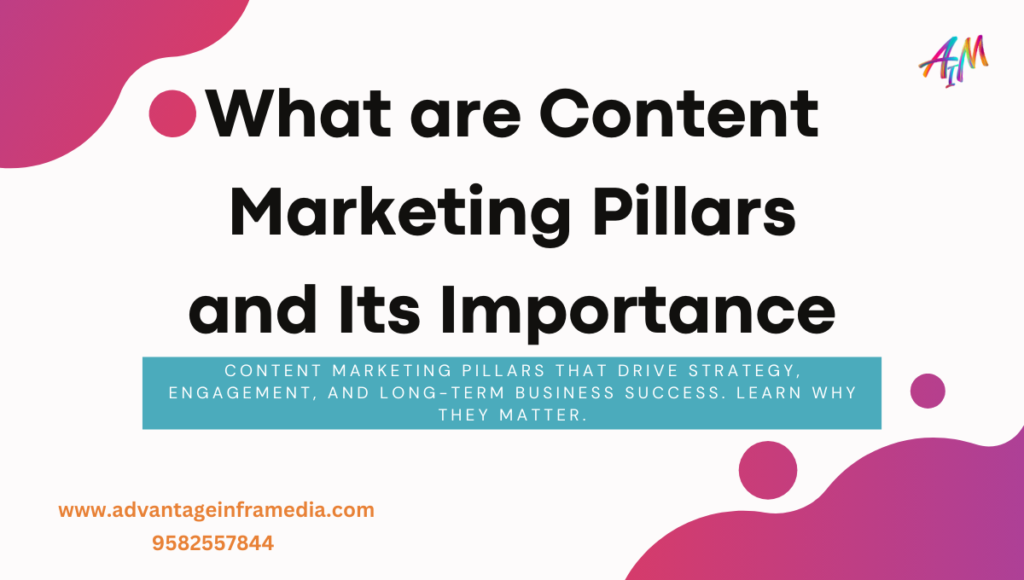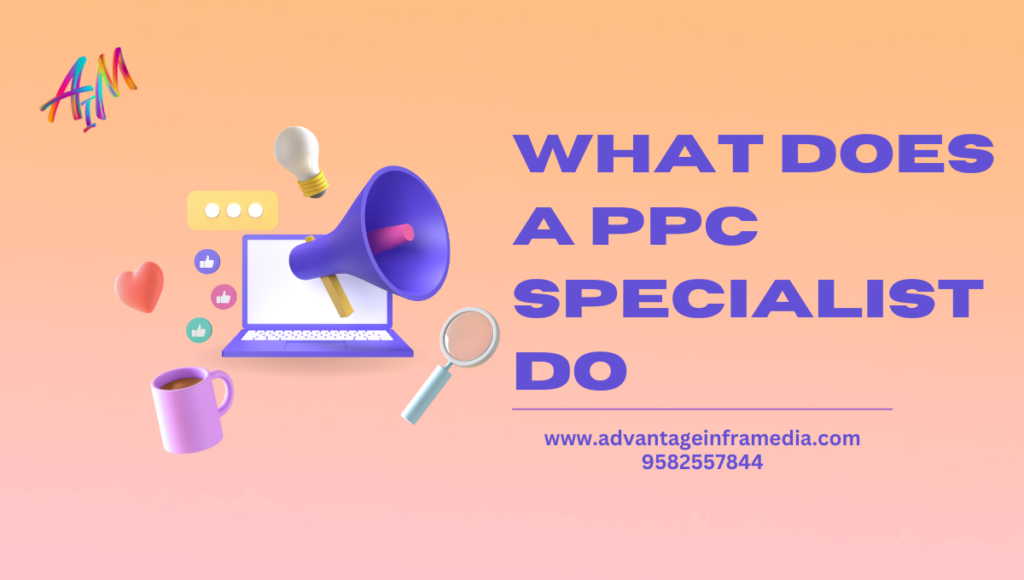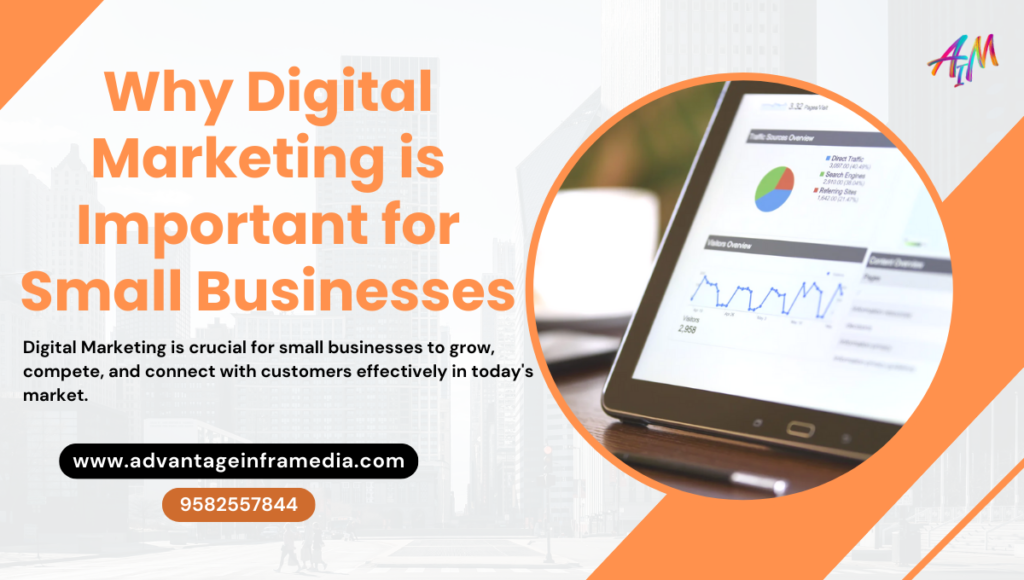Search Engine Marketing: The Ultimate Guide to Driving Traffic in 2024
Introduction In today’s digital world, getting your business or website in front of the right audience is crucial. With billions of searches happening every day on search engines like Google, Bing, and Yahoo, search engine marketing (SEM) has become a powerful tool for businesses aiming to grow their online presence and drive relevant traffic to their websites. SEM is often confused with SEO (search engine optimization), but it specifically refers to paid advertising on search engines, while SEO focuses on organic growth. This guide will take a deep dive into what SEM is, why it is essential for businesses, how it works, and tips for creating a successful SEM strategy. (search engine marketing guide) What is Search Engine Marketing (SEM)? Search engine marketing (SEM) is the process of using paid advertising to improve the visibility of your website in search engine results pages (SERPs). When users search for specific keywords or phrases related to your business, your ad appears prominently on the search results page. SEM operates on a pay-per-click (PPC) model, meaning you pay only when someone clicks on your ad. The most widely used platform for SEM is Google Ads, but Bing Ads and Yahoo Gemini also offer options for paid search campaigns. SEM allows you to bid on keywords that are relevant to your products or services. When someone searches for those keywords, your ad is shown based on the bid amount and the ad’s quality score. (search engine marketing guide) The Importance of SEM in Digital Marketing Instant Results: Unlike SEO, which can take months to see tangible results, SEM provides almost immediate visibility. Once you set up your campaign, your ads can start appearing in search results, generating traffic and leads quickly. Targeted Traffic: SEM allows you to target your ads based on various factors such as keywords, location, device, demographics, and more. This ensures that your ads are reaching the right audience at the right time, increasing the chances of conversion. Increased Brand Awareness: Even if users don’t click on your ad, seeing your brand at the top of search results increases brand visibility and credibility. Measurable ROI: With SEM, you can track and measure the performance of your campaigns through metrics like clicks, impressions, conversions, and cost-per-click (CPC). This data allows for optimization, ensuring you get the best return on your investment. (search engine marketing guide) Budget Control: SEM campaigns are flexible, allowing you to set daily or monthly budgets. This ensures that you can manage your costs effectively without overspending. How SEM Works Search engine marketing involves several components that work together to ensure the success of a campaign. Here’s a breakdown of how SEM functions: 1. Keyword Research The foundation of SEM is choosing the right keywords. These are the search terms that users are likely to enter when looking for products or services like yours. Tools like Google Keyword Planner, SEMrush, and Ahrefs can help identify high-performing keywords based on search volume, competition, and relevance. There are two main types of keywords in SEM: Broad Match: Ads show for variations of the keyword, including misspellings, synonyms, and related searches. (search engine marketing guide) Exact Match: Ads show only when the exact keyword or a close variant is searched for. 2. Ad Creation Once you have your keywords, you need to create compelling ads. Ads in SEM consist of: Headline: This is the clickable part of the ad and should be attention-grabbing. It’s important to include the target keyword in the headline to match user intent. Description: A brief summary of what your ad offers, including a call-to-action (CTA) that encourages users to click. URL: This is the web page users will land on after clicking the ad, also known as the landing page. 3. Bidding and Ad Rank Search engines use an auction system to determine which ads appear in search results. You set a bid for each keyword—this is the maximum amount you’re willing to pay for a click on your ad. However, winning the bid doesn’t just depend on how much you’re willing to spend. Google and other search engines also factor in ad quality, which includes: Expected Click-Through Rate (CTR): How likely your ad is to be clicked. Ad Relevance: How closely your ad matches the user’s search intent. Landing Page Experience: The quality and relevance of the landing page. These factors combined give your ad an Ad Rank, which determines its position on the SERP. (search engine marketing guide) 4. Monitoring and Optimization Once your ads are live, monitoring performance is essential. Analyze key metrics such as: Click-Through Rate (CTR): The percentage of people who clicked on your ad after seeing it. Conversion Rate: The percentage of clicks that resulted in a desired action, such as making a purchase or filling out a form. Cost-Per-Click (CPC): The amount you’re paying for each click. Quality Score: Google’s rating of the relevance and quality of your keywords, ads, and landing pages. Based on this data, you can optimize your ads by adjusting bids, tweaking ad copy, or refining keyword targeting to improve performance. SEM vs. SEO: Understanding the Difference Although both SEM and SEO aim to increase visibility on search engines, there are some key differences between the two: Paid vs. Organic: SEM is a paid strategy, while SEO is organic. With SEM, you pay for each click on your ad, whereas with SEO, you earn traffic without direct costs (although SEO efforts require time and resources). (search engine marketing guide) Speed of Results: SEM offers immediate results, while SEO requires a longer-term approach. Cost: While SEM requires a budget for advertising, SEO is often seen as “free” because you’re not paying for clicks. search engine marketing guide However, SEO does require investment in content creation, link building, and technical optimization. Longevity: SEO provides lasting results, as optimized content can continue driving traffic long after it’s been published. SEM only works as long as you’re paying for ads. A successful digital marketing strategy often combines both SEM
Search Engine Marketing: The Ultimate Guide to Driving Traffic in 2024 Read More »
Blog


